
Artificial Intelligence (AI) vs. Machine Learning – The Future is Coming | KoderShop
Artificial Intelligence (AI) vs. Machine Learning (ML)
Artificial Intelligence (AI) vs Machine Learning (ML) is a somewhat controversial topic which has been debated by experts and numerous others in the industry. AI and ML is frequently used to give clarity regarding features, capabilities and distinguishes one from the other.
But what is Machine Learning and Artificial Intelligence?
Artificial Intelligence

What is Artificial Intelligence?
Artificial Intelligence (AI) is a field of software engineering which creates a PC frame that can emulate human insight.It is involved two words “Artificial” and “Intelligence”, and that signifies “a human-made speculation power.”
Artificial Intelligence (AI) framework does not requirea pre-programmed system, it uses different algorithms which work by their own intelligence.
Many of the technologies we use today, such as smart devices and voice assistants like Siri on Apple devices, are powered by artificial intelligence. Businesses are using methods like natural language processing and computer vision, which allow machines to understand images and understand human language, to automate jobs, speed up decision-making, and enable consumer exchange with chatbots.
Three categories of AI can be distinguished grounded on their capabilities:
- Weak AI
- General AI
- Strong AI
In the meantime, we are using both general and weak AI in our work. Strong AI, which is the direction of AI, is predicted to be more intelligent than humans.
Where is Artificial Intelligence used?
Manufacturing Industry
The success of a company in the manufacturing sector depends on its efficiency. By utilizing data analytics and machine learning in applications like the following, artificial intelligence can assist industrial leaders in automating their business processes:
- Using analytics, machine learning, and the internet of things (IoT) to detect equipment flaws before they cause problems
- Utilizing an artificial intelligence (AI) application on a machine in a factory that watches a production machine and forecasts when maintenance needs to be done to prevent failure mid-shift.
- employing machine learning to analyze HVAC energy consumption patterns and make adjustments for the best possible energy savings and degree of comfort
Banking
The banking sector places a premium on data security and privacy. Financial services leaders can use AI and machine learning in numerous ways to protect consumer data while boosting productivity:
- Machine learning is being used to identify and stop fraud and cybersecurity assaults.
- Using biometrics and computer vision to process documents and swiftly verify user IDs
- Automating routine customer service tasks using smart technology like bots and voice assistants
Health Care
To deliver precise, effective health services, the healthcare industry consumes enormous volumes of data and increasingly relies on informatics and analytics. AI solutions can assist healthcare professionals avoid burnout, enhance patient outcomes, and save time.
- Analysis of user’s electronic health records to provide automated insights and clinical decision support
- Using a system that anticipates the results of hospital visits to avoid readmissions and cut down on the amount of time patients are held in hospitals
- Utilizing natural language understanding to capture and record patient-provider interactions during examinations or telemedicine consultations
Machine Learning (ML)

What is Machine Learning (ML)
AI is used in machine learning. It is the practice of assisting a computer in learning without direct instruction by applying mathematical models of data. As a result, a computer system can keep picking up new skills and getting better on its own. By examining and exploring different paths regarding AI, developers test the restrictions of the amount they can work on the discernment, insight, and activity of a PC framework. Where as Deep Learning is an advanced method of the ML and goes beyond.
Is Machine Learning the same as AI?
No, machine learning is not the same as an ai but it is part of AI. ML is and will always be considered a subset of AI.
Some examples of Machine Learning (ML)
Speech recognition
It is the machine learning what makes speech transform into text. There are certain software applications that can convert voices or recordings intro a text.
Real-life instances of Speech recognition:
- Voice Search
- Voice dialing
- Phone assistant
Image Recognition
A well-known and common application of machine learning in the real world is image recognition. Based on the intensity of the pixels in black-and-white or color photos, it can recognize an object as a digital image.
Real-life instances of Image Recognition:
- Decide whether an x-ray is malignant or not.
- Tagging on social media recommendation.
- Handwriting recognition
Predictive analytics
Available data can be categorized by machine learning into groups, which are then further defined by rules established by analysts. The analysts can determine the likelihood of a fault once classification is complete.
Real-life instances of Predictive analytics:
- Determining whether a transaction is genuine or fraudulent
- Improve prediction methods to determine the likelihood of a fault
One of the most promising applications of machine learning is predictive analytics. It can be used for anything, including pricing for real estate and product development.
Are Artificial Intelligence and Machine Learning the same?
Despite their close connections, machine learning and artificial intelligence are not the same. A part of artificial intelligence is machine learning. AI is used by “intelligent” computers to mimic human thought and carry out independent activities. The process by which a computer system becoming intelligent is called machine learning.
Difference between Artificial Intelligence (AI) vs Machine learning (ML):
Artificial Intelligence (AI)
AI is a tech which allows a machine to “imitate” human behavior.
The goal of AI is to create a clever computing system that can solve complicated issues like humans.
Artificial Intelligence we make systems able to perform any task like a person would
ML and Deep Learning are the main subsets of AI.
It has a very broad use.
The AI is focused in increasing the ods of success.
AI key uses include: Siri, customer service via bots, Expert Systems, online gaming, intelligent humanoid robots, and so on.
It involves constant-learning, reasoning and self-revision
Machine learning (ML)
ML subtype of AI that allows a machine to learn from prior data without explicitly scripting.
The purpose of machine learning is to enable machines to learn from data in order to provide correct output.
In machine learning a machine is tought to perform a specific task by a set of data
Deep Learning is the main subset of ML.
Has restricted use.
ML is focused on patterns and accuracy.
ML key uses include: Recommendation systems, auto friend tagging on social media, and so on.
It involves constant-learning and self-revision when new data is introduced.
The majority of regular people frequently confuse the terms artificial intelligence & machine learning and use them interchangeably. Even while machine learning is a component of artificial intelligence, these two phrases essentially refer to two separate concepts. That’s is why there is a concept of Ai vs ML.
Conclusion
Even if the majority of people confuse them AI and ML technologies are vastly different as we mentioned above. Which of them is more important ? That’s up to each of us to decide. The main AI and ML difference will always remain that ML always needs a new set of data to advance while AI will try and solve problems just like you and me would.

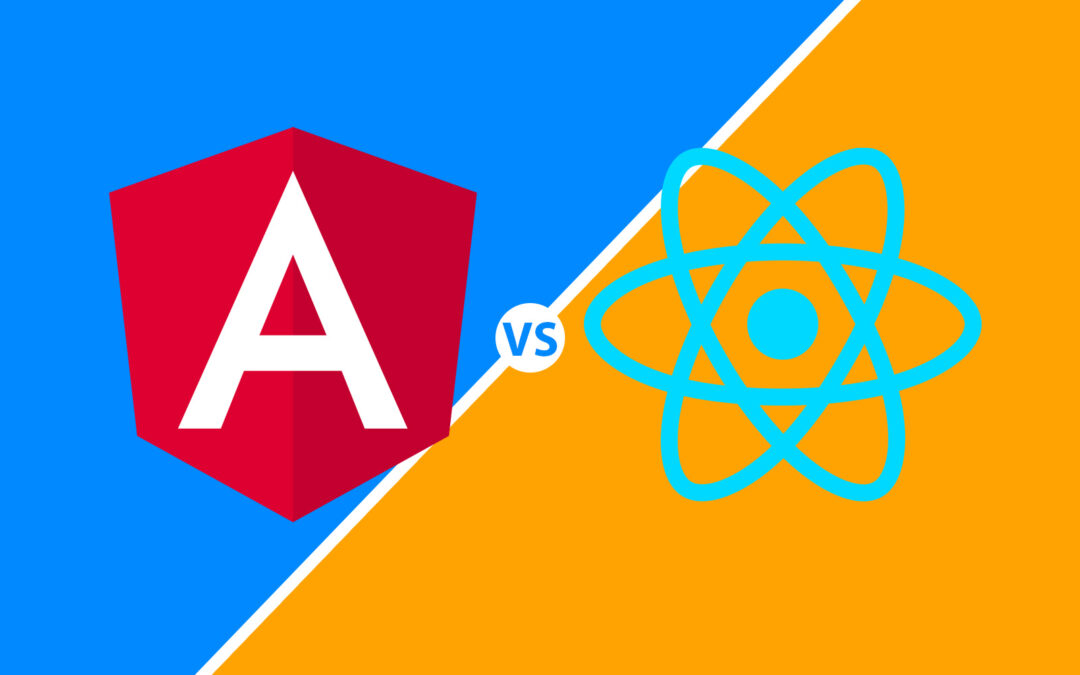
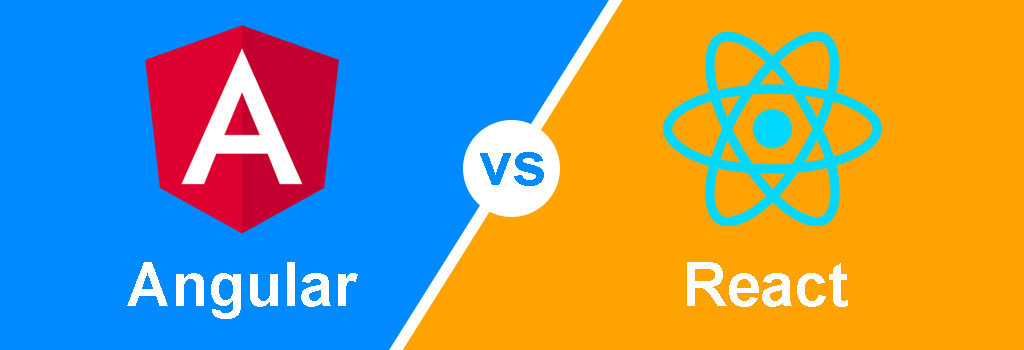
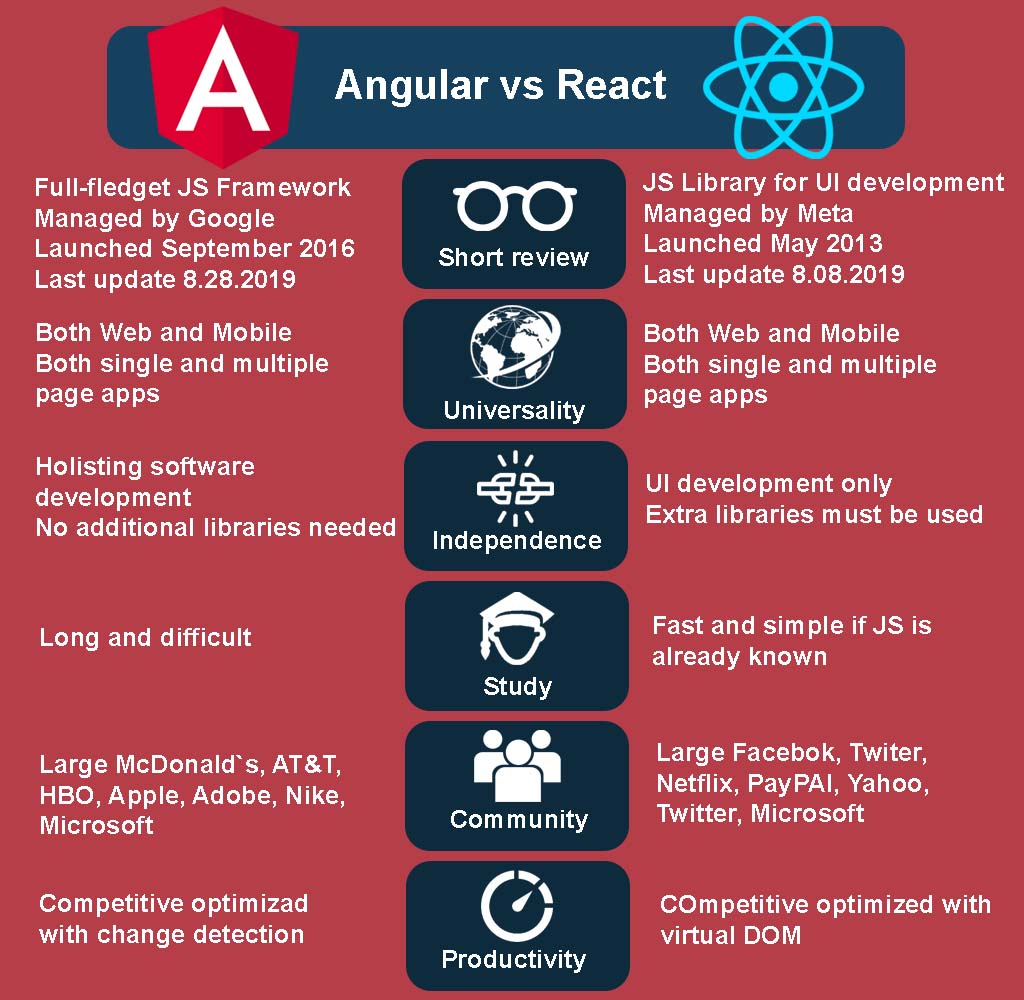
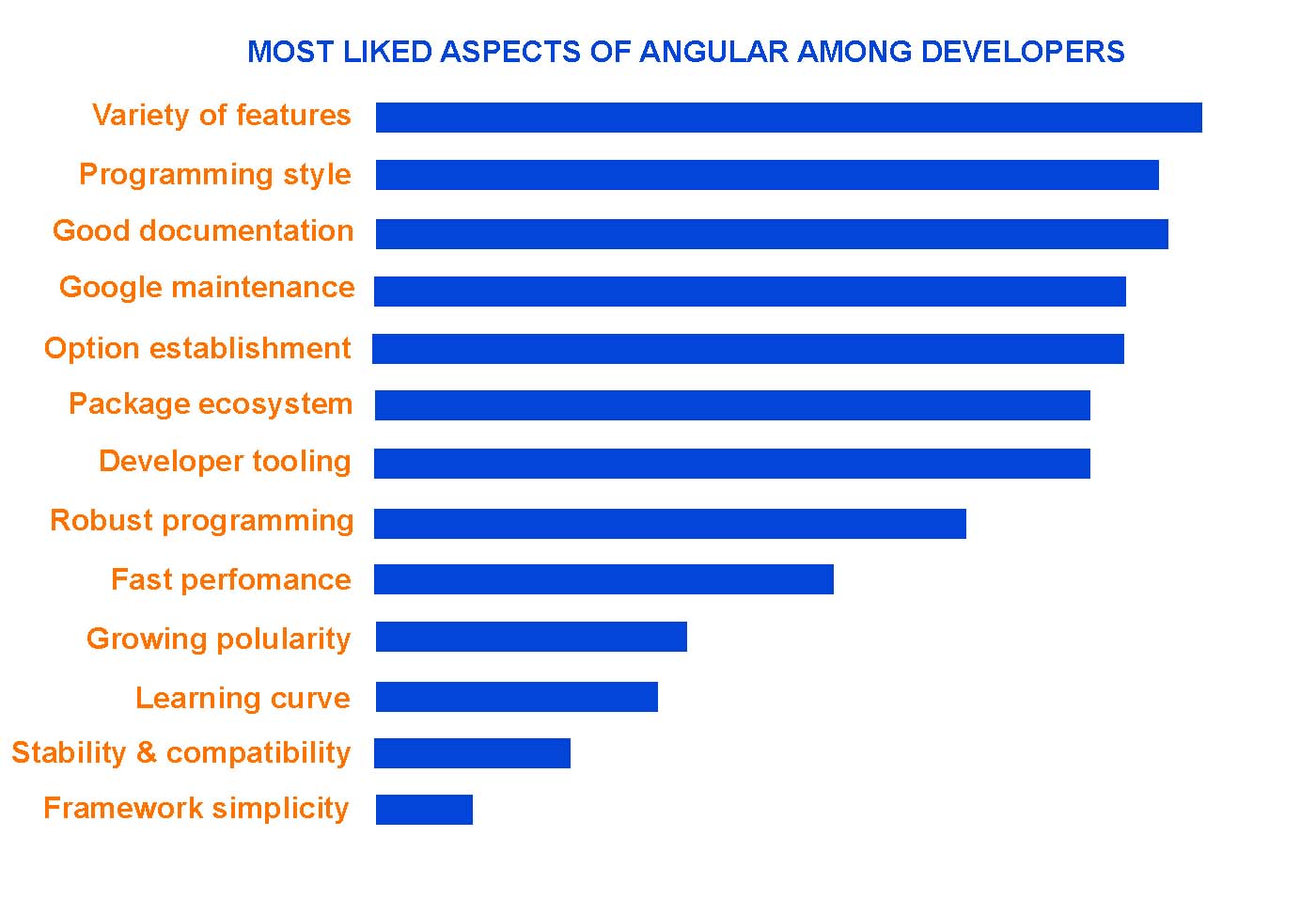
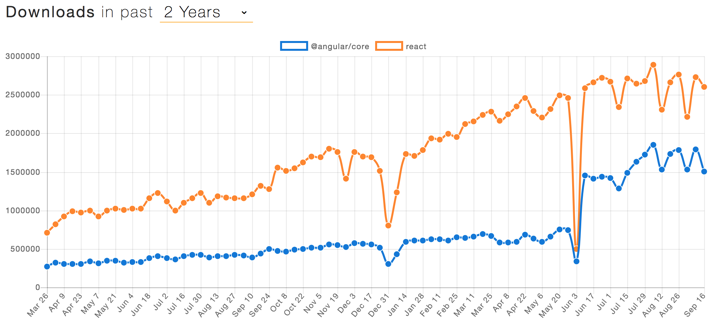



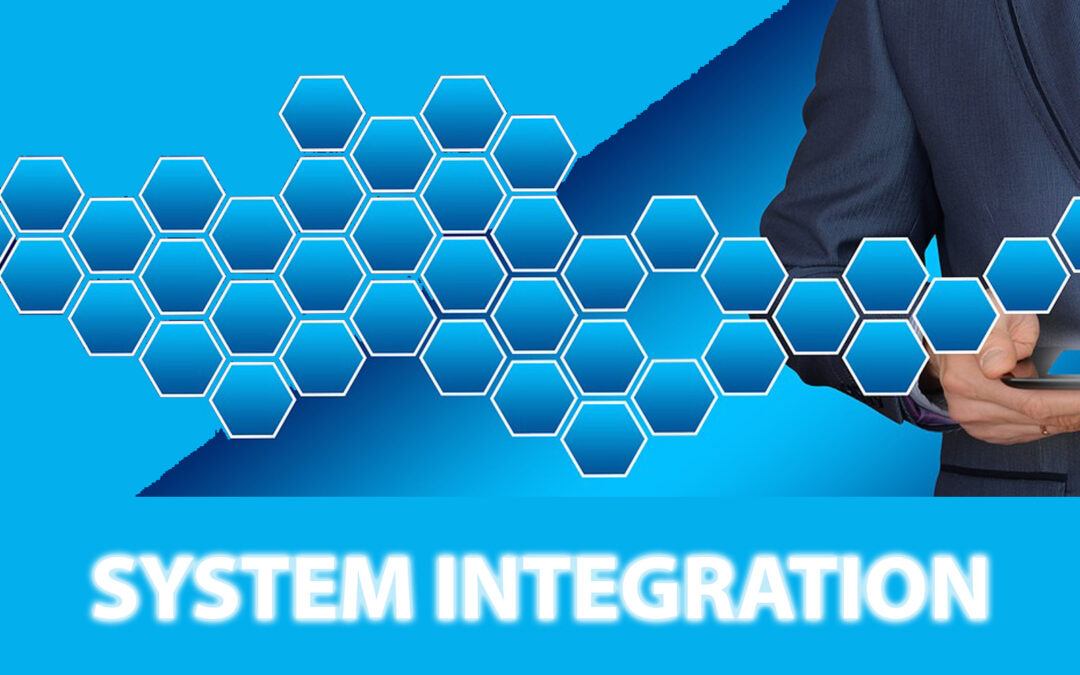

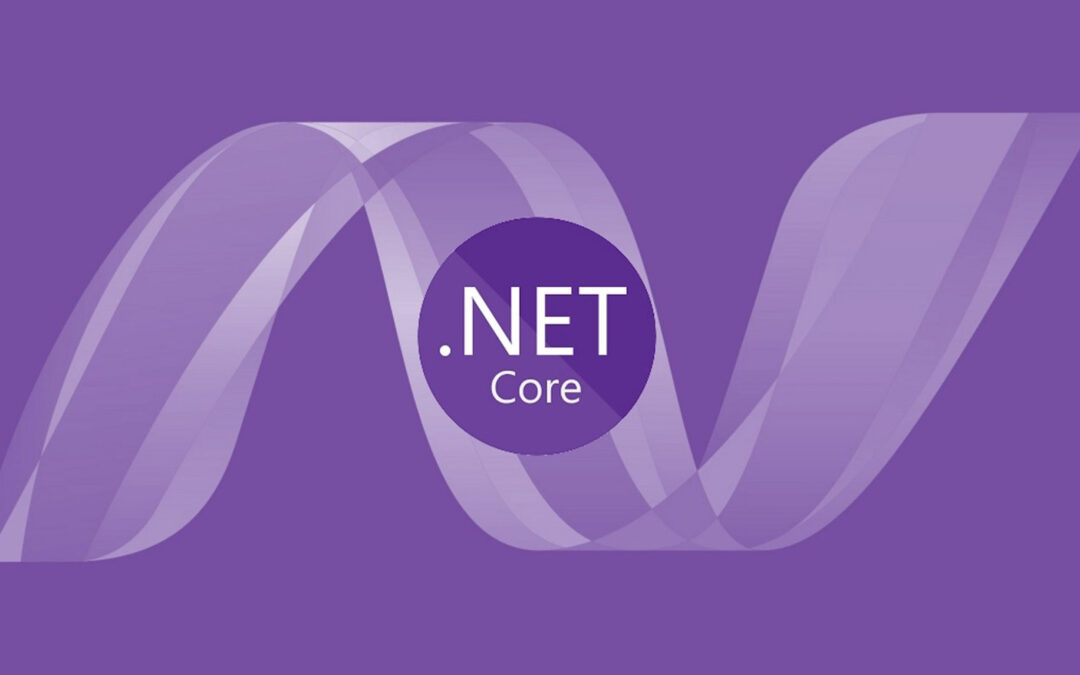


Recent Comments